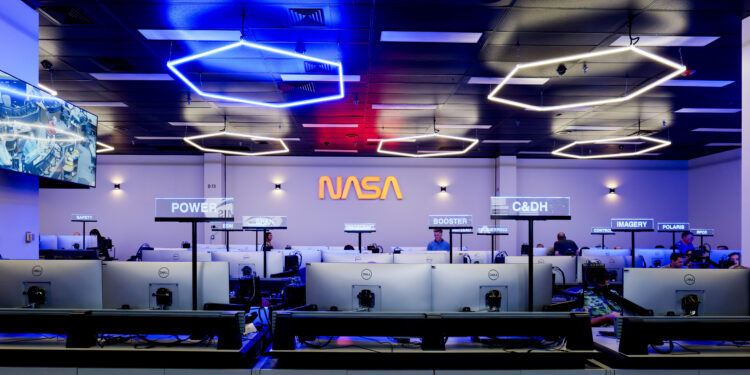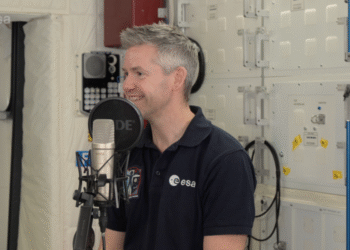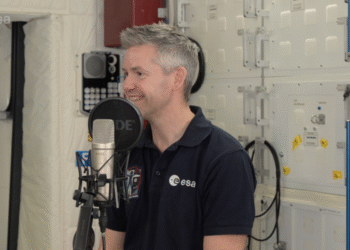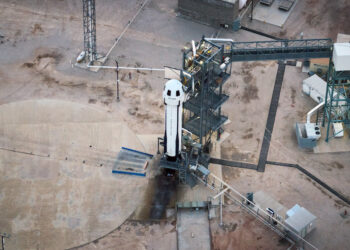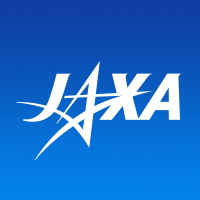NASA has opened a new Orion Mission Evaluation Room to support Artemis II operations inside the Mission Control Center at the agency’s Johnson Space Center in Houston. The dedicated engineering hub will provide real-time analysis and troubleshooting for the Orion spacecraft while the primary flight control team in the White Flight Control Room commands the mission. The facility officially entered service on Aug. 15, 2025, ahead of the first crewed flight of the Artemis campaign. Source: NASA.
What the Orion evaluation room does
The Orion Mission Evaluation Room (MER) concentrates deep subsystem expertise close to flight controllers, enabling rapid assessments of vehicle performance and swift response to unplanned behaviors. The room fields 24 discipline consoles, typically staffed by two engineers per console, with surge staffing during dynamic phases such as ascent, translunar injection, lunar flyby, and re-entry.
- Real-time anomaly resolution and engineering reachback
- Continuous monitoring of Orion avionics, power, software, thermal, propulsion, guidance and navigation, communications, and environmental systems
- Data capture, trending, and performance verification against preflight predictions
- Coordination with the White Flight Control Room for operational decisions
- Interface to external labs and centers for specialized testing and analysis
Around-the-clock operations
The MER will operate in three daily shifts beginning approximately 48 hours before liftoff. Coverage will continue throughout the nearly 10-day mission and extend through splashdown, recovery, and transfer of the secured spacecraft to the U.S. Navy recovery ship.
Team and infrastructure
The team draws from NASA, Lockheed Martin, ESA (European Space Agency), and Airbus, combining design, test, and operational expertise for Orion. Additional support layers include engineering teams across NASA centers, Lockheed Martin’s Integrated Test Lab, and ESA’s European Space Research and Technology Center (ESTEC), providing rapid turnarounds for specialized assessments when needed.
Data-driven evaluation
During flight, engineers will collect and analyze high-rate telemetry and test data, comparing results with models and ground testing. Post-mission, the team will conduct deeper assessments to refine system performance margins, update fault responses, and inform configuration and software updates for future Orion flights.
Readiness milestones
Following the facility’s opening, an Artemis II mission simulation on Aug. 19, 2025, exercised staffing, tools, and procedures, validating interfaces between the MER, the White Flight Control Room, external labs, and recovery teams.
Artemis II and beyond
Artemis II will send NASA astronauts Reid Wiseman, Victor Glover, and Christina Koch, and CSA astronaut Jeremy Hansen on a lunar flyby before returning to Earth. Insights generated by the MER are intended to reduce operational risk, strengthen Orion’s certification for subsequent missions, and contribute to planning for sustained lunar operations and future human missions to Mars.


